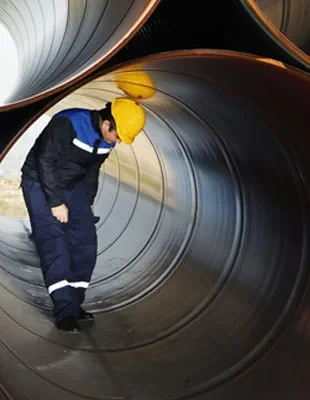The challenge
In order to draw up a priority list for its road management plan, Gemeente Meise, the municipal body for Meise, created an inventory of all its streets and regional roads.
In order to draw up a priority list for its road management plan, Gemeente Meise, the municipal body for Meise, created an inventory of all its streets and regional roads.
Arcadis combined digital innovation with its own expertise to develop a first-rate, objective long-term maintenance plan (LTMP) that the municipality can integrate into its policy planning.
This marks an important step forward for Gemeente Meise in making heritage management more professional and its administration processes more transparent for citizens.
Gemeente Meise wishes to manage its budget for roadworks carefully and to be clear and transparent with its citizens on this topic. It therefore used state-of-the-art technology to create an inventory of all its streets and draw up a priority list for its road management plan.
Towns and municipal authorities increasingly need objective data. Artificial intelligence (AI) is a powerful tool in this area; when combined with human expertise it creates a host of possibilities. Arcadis used both of these elements to help Gemeente Meise manage its local heritage. The approach was simple and efficient.
A camera car from CycloMedia, an Arcadis partner, photographed 300 km of streets and regional roads and at the same time generated a 3D scan of the entire municipal area using laser imaging detection and ranging (LiDAR). This technology mimics the way bats hunt by emitting laser pulses that measure the distance to an object or surface. Radar does the same thing via radio waves, but laser light can detect much smaller objects.
We then analyzed the images using AI algorithms that are able to recognize and identify defects — such as horizontal cracks, vertical cracks and potholes — on roads and footpaths and turn that data into a long-term maintenance plan (LTMP).
In a second phase, we carried out in-depth analysis of the data in order to refine the automatically generated LTMP.
The final phase involved bringing together the optimized LTMP and the knowledge of the Gemeente Meise technical team in order to turn the LTMP into policy planning based on objective criteria and administrative priorities.

This marks an important step forward for Gemeente Meise in making heritage management more professional and its administration processes more transparent for citizens.
